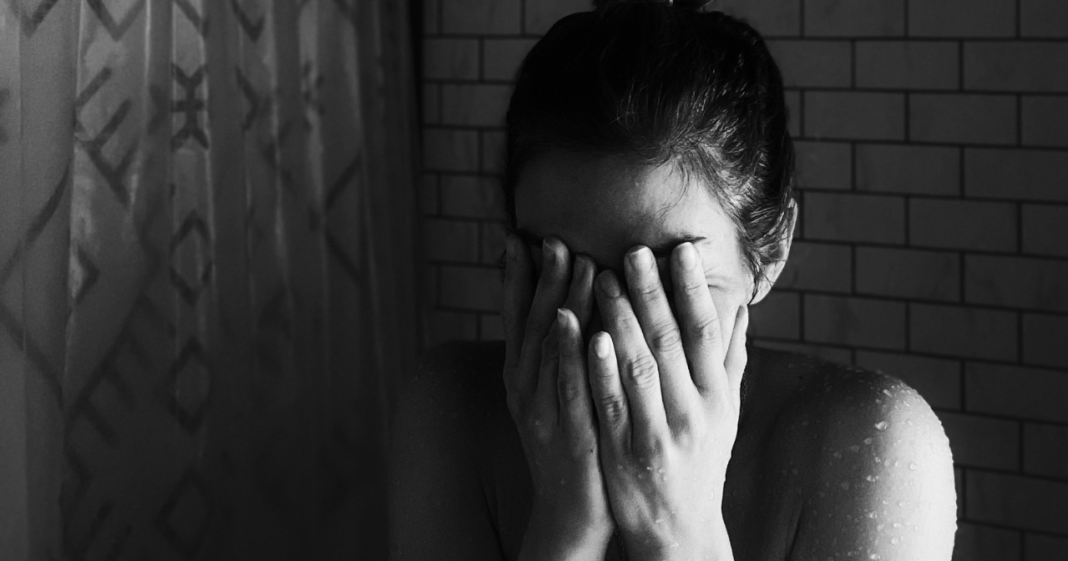In predominantly collectivist societies in Southeast Asia, mental health unfortunately takes a backseat. While more and more people are beginning to conduct open dialogs about the pressing issues of mental health (and the social taboo that comes with treating it), this culturally-diverse region still has a long way to go. This means that access to adequate mental health treatment is still not as easy as it should be for people who are silently suffering.
And like any professional treatments, they can be rather expensive too. With that said, it’s probably safe to assume that you (the reader) have gone through your fair share of panic attacks, whether in the distant past, or more recently. A panic attack is a feeling of intense anxiety that usually strikes suddenly, with no warning.
Common symptoms of a panic attack include breathlessness, profuse sweating, dizziness, and nausea. They usually occur during periods in which you’re experiencing increased stress in your life. They can last anywhere between five minutes and up to an hour.
I know, they’re definitely unpleasant, and some major panic attacks can even have long-lasting effects on a person’s mental health. But you don’t have to go through your next panic attack (there’s no cure for it, after all) without any way to help shorten or alleviate it. Here are some methods that you might find very helpful.
No, it’s not the generic “take deep breaths in and out” that most people will probably tell you to do. Of course, as breathing normally works, you will have to inhale and exhale (duh), but these exercises take a little more concentrated effort. There are multiple variations, so pick one that you feel is more well-suited to your preferences.
Step 1: Close your eyes. Don’t strain when doing this, it’s okay if they’re slightly open. Step 2: While seated in a comfortable position (or laying in bed), breathe in gently and deeply through your nose.
You can count steadily up to four while doing this. Step 3: Breathe out gently and deeply through your mouth. You can also count steadily up to four during this exhale.
After a while (usually a few minutes) you’ll start to feel much better, and perhaps even a little tired – because yes, this exercise does require effort, despite how simple it seems! Similar to the first breathing exercise above, this one requires a bit more concentration and attention. Step 1: Sit (or lie down) in a comfortable position. Step 2: Place one hand over your chest and the other over your diaphragm.
If you don’t know where the latter is, it’s the area below the bottom of your ribcage and above your belly button. Step 3: Like the first breathing exercise, inhale gently and deeply through your nose while mentally counting to four. Concentrate on the hand placed over your diaphragm, which should be expanding as you breathe in.
The hand on your chest should be relatively still. Step 4: Breathe out, gently and deeply. Your diaphragm should be going back to its original (deflated) state.
Watch as your hand moves in and out with it. The hand over your chest should be relatively still. Step 5: Repeat until you feel calm enough.
Concentrate on your hands moving (or staying still) with your diaphragm and chest. Aside from breathing exercises, a good way to deal with panic attacks is to find distractions tailored specifically to your likings. If, for example, you’ve got a hobby that involves building and/or modifying keyboards , take out that toolkit and start tinkering away when you feel a panic attack coming.
It’s these little mundane things that a lot of us may find therapeutic, making you forget you had a panic attack coming. However, not all of us can be that easily distracted. In this case, it’s good to have a support system that you can rely on – like a close friend who’s willing to be there for you.
They can even talk you through the breathing exercises mentioned previously, on the phone or in person. If you’d rather be alone during a panic attack, one of the easiest ways to deal with one is to go for a walk or run , provided you can do it safely. Keep consistent with your pace, and put on your favorite jams while you’re at it.
In fact, many people claim they feel a “runner’s high” after completing a good run. It’s actually a brief, relaxing state of euphoria brought on by a release of endorphins into your bloodstream. Got some pets running around the house? Give them some cuddles, because animals feel (and give) nothing but pure love , even if they expect a snack afterwards.
Panic attacks are inevitable – they’re an unfortunate effect of anxiety and depression, and can leave us feeling trapped. But acknowledging them is the first step to getting better. For more long-term assistance, it’s definitely a good idea to seek help from a qualified professional, like a psychologist, therapist, or counselor.
Choices will vary, depending on your budget, of course. But if you’re in need of someone to talk to, here are some 24-hour mental health resources that might help: Befrienders KL (Malaysia) – Emotional support hotline: 03-7627-2929. Didi Hirsch Torture Crisis Line (Vietnam) – Crisis hotline: 877-727-4747.
National Mental Health Crisis Hotline (the Philippines) – 1553 (Luzon-wide, landline toll-free), 0966-351-4518/0917-899-8727 (GLOBE/TM subscribers), and 0908-639-2672 (SMART/SUN/TNT subscribers). Love Inside Suicide Awareness (Indonesia) – Mental health and suicide prevention hotline: +62-811-3855-472 (Bahasa) and +62-811-3815-472 (English). Institute of Mental Health (Singapore) – Mental health hotline: +65-6389-2222.
For more mental health resources in Southeast Asia, click here . 7 warning signs you may be depressed without realizing it Revenge sleep procrastination is real and it’s ruining your life Japan company gives employees paid leave to grieve their fav idol retiring Playing video games is good for your health, Oxford study finds. But there’s a catch.
.
From: mashable
URL: https://sea.mashable.com/social-good/21446/theres-no-magic-cure-for-panic-attacks-but-these-steps-might-help-you-deal-with-them



